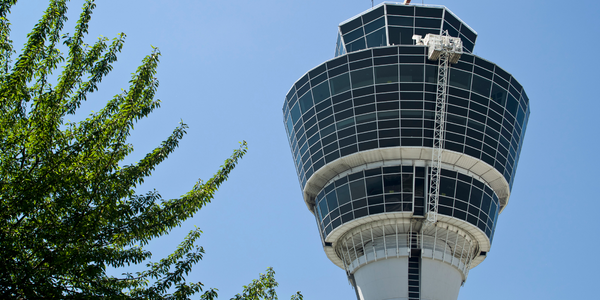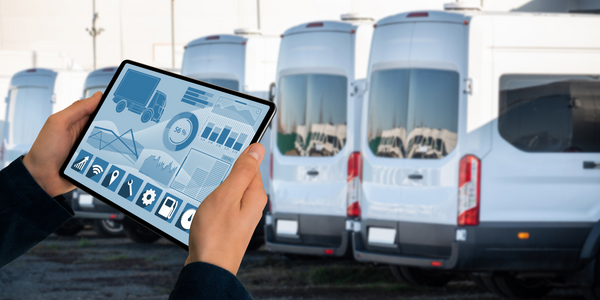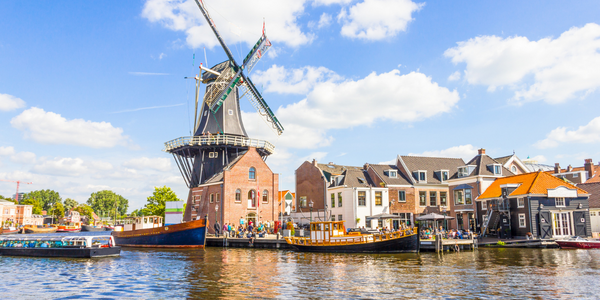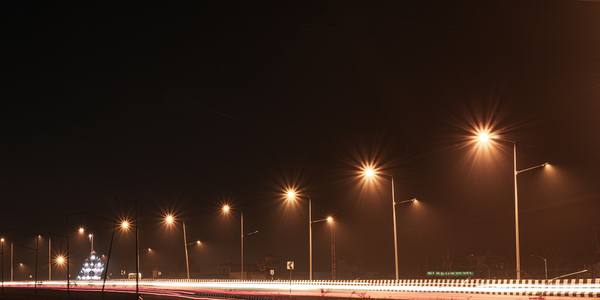Lone Tree Link: An Enhanced On-Demand Solution for a Small but Fast-Growing City
Customer Company Size
Startup
Region
- America
Country
- United States
Product
- Lone Tree Link
- Via
Tech Stack
- Routing and Matching Algorithm
- Proprietary Dispatch Tools
- Comprehensive Data Reporting Services
Implementation Scale
- Enterprise-wide Deployment
Impact Metrics
- Cost Savings
- Customer Satisfaction
- Innovation Output
Technology Category
- Analytics & Modeling - Predictive Analytics
- Functional Applications - Fleet Management Systems (FMS)
- Networks & Connectivity - Network Management & Analysis Software
Applicable Industries
- Cities & Municipalities
- Transportation
Applicable Functions
- Logistics & Transportation
- Business Operation
Use Cases
- Fleet Management
- Public Transportation Management
- Remote Asset Management
Services
- System Integration
- Data Science Services
About The Customer
Lone Tree, CO is a fast-growing suburb of Denver with over 14,000 residents. The city is home to a diverse suburban population that includes long-time residents, first-generation Americans, and young families. It also hosts several major employers, including a regional office of Charles Schwab, SkyRidge and UCHealth Lone Tree medical centers, the University of Colorado-South Denver, and the Park Meadows and Heritage Hills shopping centers. The city launched the Lone Tree Link on-demand transit solution in 2016 to provide residents with convenient access to Denver’s regional transportation network and destinations within the city.
The Challenge
In 2016, the City of Lone Tree launched a pilot on-demand transit solution called Lone Tree Link to provide residents with convenient access to Denver’s regional transportation network and destinations within the City. By late 2018, the City sought to make service improvements, including increasing ridership and reducing cost per passenger, by seeking a new technology provider. The challenge was to enhance the existing service to better meet the needs of a diverse suburban population, which includes long-time residents, first-generation Americans, and young families. The City also needed to cater to several major employers, including a regional office of Charles Schwab, SkyRidge and UCHealth Lone Tree medical centers, the University of Colorado-South Denver, and the Park Meadows and Heritage Hills shopping centers.
The Solution
In late 2018, Lone Tree selected Via to replace its previous on-demand transit technology provider. Building on lessons learned from the pilot, Via partnered with Lone Tree to design a solution that provides a shared-ride alternative to private vehicle use and creates 'links' to regional transportation, including a light rail line to Denver. Via’s solution offers efficiency gains and an enhanced layer of service visibility with proprietary dispatch tools and comprehensive data reporting services that the City’s previous technology provider did not offer. The improved on-demand service is powered by Via’s best-in-class routing and matching algorithm, positioning the City as a regional innovator in public transit by leveraging ridehailing technology for the public good.
Operational Impact
Quantitative Benefit

Case Study missing?
Start adding your own!
Register with your work email and create a new case study profile for your business.
Related Case Studies.

Case Study
Turning A Stadium Into A Smart Building
Honeywell created what it called the “intelligent system” for the National Stadium in Beijing, China, turning the venue for the opening and closing events at the 2008 Summer Olympics into a “smart building.” Designed by highly controversial artist Ai Weiwei, the “Bird’s Nest” remains one of the most impressive feats of stadium architecture in the world. The 250,000 square meter structure housed more than 100,000 athletes and spectators at a time. To accommodate such capacity, China turned to Honeywell’s EBI Integrated Building Management System to create an integrated “intelligent system” for improved building security, safety and energy efficiency.
.png)
Case Study
Smart Street Light Network (Copenhagen)
Key stakeholders are taking a comprehensive approach to rethinking smart city innovation. City leaders have collaborated through partnerships involving government, research institutions and solution providers. The Copenhagen Solutions Lab is one of the leading organizations at the forefront of this movement. By bringing together manufacturers with municipal buyers, the Copenhagen Solutions Lab has catalyzed the development and deployment of next-generation smart city innovations. Copenhagen is leveraging this unique approach to accelerate the implementation of smart city solutions. One of the primary focus areas is LED street lighting.

Case Study
Airport SCADA Systems Improve Service Levels
Modern airports are one of the busiest environments on Earth and rely on process automation equipment to ensure service operators achieve their KPIs. Increasingly airport SCADA systems are being used to control all aspects of the operation and associated facilities. This is because unplanned system downtime can cost dearly, both in terms of reduced revenues and the associated loss of customer satisfaction due to inevitable travel inconvenience and disruption.

Case Study
IoT-based Fleet Intelligence Innovation
Speed to market is precious for DRVR, a rapidly growing start-up company. With a business model dependent on reliable mobile data, managers were spending their lives trying to negotiate data roaming deals with mobile network operators in different countries. And, even then, service quality was a constant concern.

Case Study
Buoy Status Monitoring with LoRa
The Netherlands are well-known for their inland waterways, canals, sluices and of course port activities. The Dutch Ministry of Infrastructure indicates that there are thousands of buoys and fixed items in and near water environments that would profit from IoT monitoring. One of the problems with buoys for example, is that they get hit by ships and the anchor cable breaks. Without connectivity, it takes quite some time to find out that something has happened with that buoy. Not to mention the costs of renting a boat to go to the buoy to fix it. Another important issue, is that there is no real-time monitoring of the buoys at this moment. Only by physically visiting the object on the water, one gains insight in its status.







